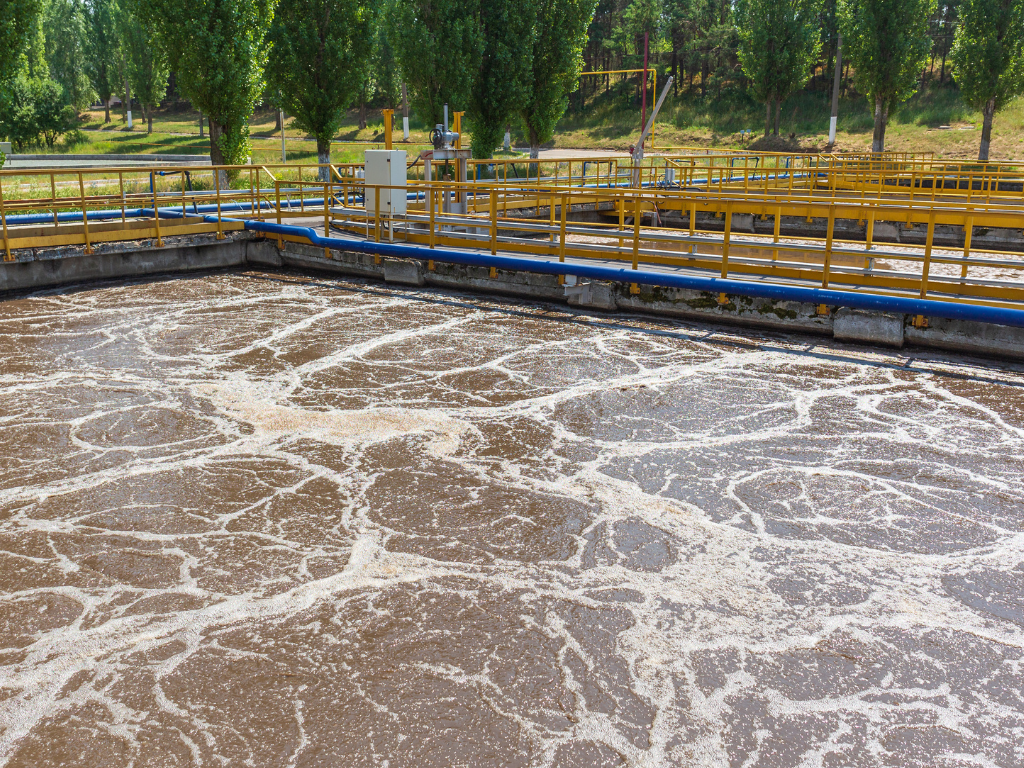Impact of ineffective biomass in a wastewater treatment plant
Wastewater treatment plants are critical facilities that help to manage and treat water that has been used for a variety of purposes, including industrial and domestic use. One of the key components of these plants is the use of biomass, which are microorganisms that help to break down and treat the wastewater. However, using ineffective biomass can have significant impacts on the effectiveness of the treatment plant and the environment as a whole.
Firstly lets us understand what is Biomass in a Wastewater Treatment Plant and why it is extremely important.
Biomass is a term used to describe the microorganisms that are responsible for treating wastewater in a treatment plant. These microorganisms break down and digest organic matter in the wastewater, removing pollutants and producing clean water that can be safely discharged back into the environment or can be reused for other applications. There are two main types of biomass used in wastewater treatment plants: aerobic and anaerobic. Aerobic biomass requires oxygen to function. Anaerobic biomass, on the other hand, does not require oxygen. Any treatment plant would have either one of the above biomass or both of them based on their effluent characteristics
What can go wrong if your biomass is ineffective or not performing to its maximum potential?
Having unproductive biomass in your wastewater treatment plant can have several negative impacts. One of the most significant impacts is a decrease in the efficiency of the treatment process. The poor biomass may not be able to break down the pollutants in the wastewater effectively, leading to a build up of organic matter and other contaminants. This can lead to a decrease in the quality of the treated water, making it less safe to discharge back into the environment.
In addition to decreased efficiency, using poor biomass can also lead to the release of harmful pollutants into the environment. If the microbial culture is unable to break down the pollutants in the wastewater, these pollutants can be released into the environment and harm aquatic life, damage ecosystems, and potentially harm human health.
Finally, using ineffective microbial cultures can also have financial implications. Treatment plants that use such poor and generic microbial cultures require more energy and resources to function properly, leading to higher operating costs and higher water bills.
How do you overcome this issue of having ineffective and poor microbial cultures in your plant?
It has become essential to conduct regular testing of your active microbial culture or bio sludge in the treatment plant. This can be done by measuring and studying the floc analysis, higher life form studies, sludge age and many other parameters. By monitoring the biomass, treatment plant operators can ensure that the correct type of biomass is being used and that it is functioning correctly.
Additionally, treatment plant operators should work with experienced professionals to select the correct microbial cultures for their specific treatment process. There are several factors to consider, including the type of wastewater being treated, the size of the treatment plant, and the desired treatment goals.
WMA – Wastewater Microbiome Analysis is one such service which is trying to educate all the stakeholders in this space so as to ensure the right treatment and the best use of their microbial cultures

